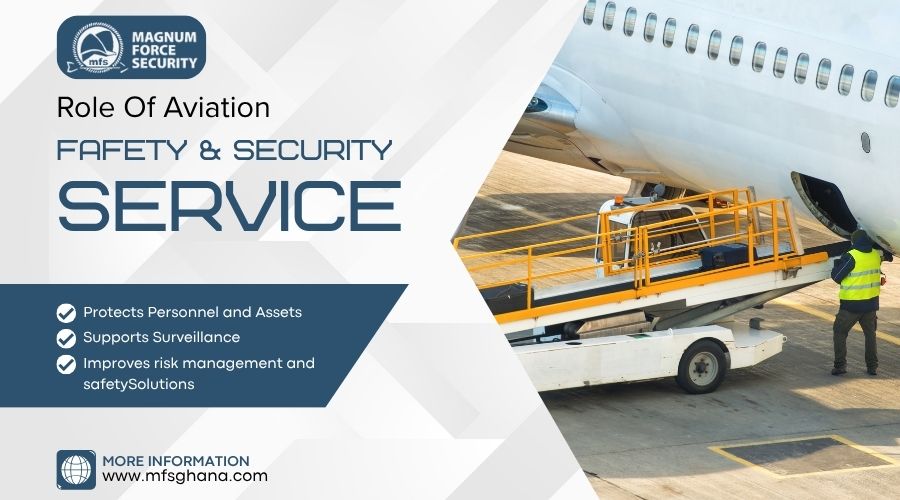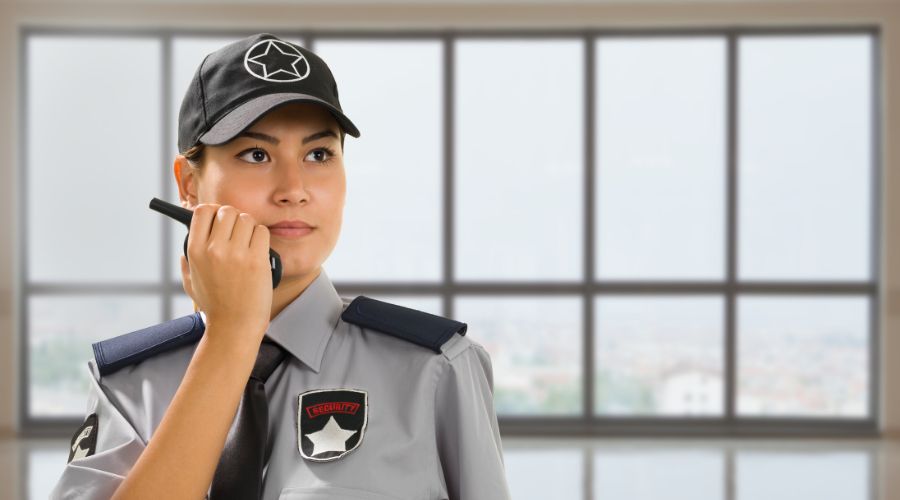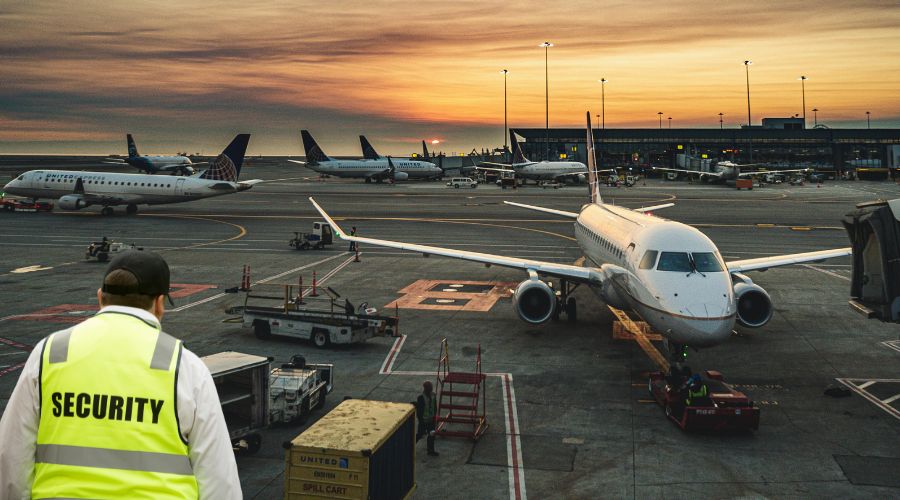In today’s volatile global climate, the demand for reliable aviation and safety security services in high-risk zones is more urgent than ever. From conflict-ridden territories to regions impacted by natural disasters, air support and safety logistics play a crucial role in safeguarding lives and stabilizing situations. In this blog, we’ll explore the growing importance of these services, the technologies used, the challenges faced, and how trusted firms like Magnum Force Security Co Ltd are stepping up to meet these complex needs.
Understanding High-Risk Zones
High-risk areas refer to regions that are vulnerable to armed conflicts, political unrest, terrorism, or frequent natural disasters. These zones can include:
- War-torn countries or areas affected by insurgencies
- Disaster zones caused by earthquakes, floods, or hurricanes
- Remote borders and terrains with hostile environmental conditions
Operating in such regions demands specialized air transport risk management protocols, safety frameworks, and vigilant surveillance measures.
The Role of Aviation in High-Risk Environments
Aviation has long been a lifeline in inaccessible or unsafe regions. The functions of aviation in such scenarios are diverse and indispensable:
Emergency Evacuation and Rescue Operations
One of the most vital applications is emergency evacuation logistics. When ground transportation is either unavailable or too dangerous, helicopters or specialized aircraft are deployed to evacuate civilians, government personnel, or humanitarian workers.
Aerial Surveillance Operations
Advanced aerial surveillance operations help monitor large areas quickly, identify threats, and assist in mission planning. Whether it’s through helicopters, aircraft, or drones, aerial patrols provide real-time insights critical to making informed decisions on the ground.
Humanitarian Air Support
In disaster-hit zones, aviation provides essential humanitarian air support, such as delivering food, water, medical aid, and shelter supplies. These missions are often coordinated with the UN, NGOs, and local governments to ensure timely relief delivery.
Why Safety and Security Services Matter
Safety and security services form the backbone of any aviation mission in dangerous environments. These services are designed to mitigate threats, protect personnel and assets, and maintain operational integrity.
Key Functions Include:
- Security assessments and route planning
- Escort services for dignitaries and aid workers
- Real-time risk communication
- Tactical response and extraction plans
By integrating aviation safety standards with ground-level security protocols, operations can be executed with minimal risk and maximum efficiency.
Advanced Technologies in Use
Modern aviation security services rely on a blend of cutting-edge technologies and field expertise to navigate complex environments. Some of the most widely used technologies include:
- Drones and Unmanned Aerial Vehicles (UAVs) for stealth and reconnaissance
- Night vision and thermal imaging for nocturnal operations
- GPS tracking and satellite communication for route navigation
- Armored transport and secure flight corridors to avoid hostile zones
These tools allow for effective safety operations in conflict zones, ensuring that both assets and personnel remain secure throughout the mission.
Essential Security Services for Offices and Corporate Buildings
The Importance of Trained Security Personnel
While technology plays a crucial role, the success of high-risk aviation missions also hinges on the expertise of highly trained aviation security services personnel. These individuals undergo specialized training in crisis management, risk assessment, and emergency evacuation protocols.
They are equipped to:
- Handle complex geopolitical conditions
- Manage logistical difficulties on the ground
- Coordinate with international and local security bodies
Challenges in Aviation Security for High-Risk Zones
Operating in high-risk zones isn’t without its obstacles. Common challenges include:
- Regulatory hurdles due to restricted airspace or political embargoes
- Communication breakdowns in remote locations
- Unpredictable weather and environmental risks
- No-fly zones and GPS jamming technologies used by hostile forces
Such factors necessitate advanced aviation safety and risk management strategies to ensure successful mission execution.
Global Aviation Standards and Compliance
To maintain quality and safety, aviation operations in high-risk zones must align with international standards. The International Civil Aviation Organization (ICAO) provides comprehensive guidelines on flight safety, risk management, and operational compliance. These regulations ensure uniformity in aviation safety standards across different countries and regions.
Private firms operating in this space must be well-versed in both international and local aviation laws to remain compliant and effective.
Real-World Applications in Africa
Africa has several high-risk zones where aviation and security services have proven vital. From UN peacekeeping missions in Sudan to humanitarian flights in Ghana and Nigeria, aviation plays a critical role in stabilization and recovery efforts.
In Ghana, Magnum Force Security Co Ltd has taken an active role in supporting both governmental and private missions with their extensive aviation and ground security services. Their approach blends local expertise with global best practices, making them one of the most trusted private security firms in Ghana.
Magnum Force Security: Your Trusted Partner in Aviation Safety
At Magnum Force Security Co Ltd, we offer comprehensive aviation security services tailored to meet the unique demands of high-risk area security. Whether you need air surveillance, tactical escort, or emergency evacuation support, our team is available 24/7 to ensure mission success and safety.
FAQs
1. What are high-risk zones in aviation?
Areas impacted by conflict, disasters, or crime that need enhanced aviation safety measures.
2. Why is aviation vital in emergencies?
It allows fast evacuations, aid delivery, and access to hard-to-reach areas.
3. What technologies are used in aviation security?
Drones, GPS, satellite comms, night vision, and armored systems.
4. How are aviation services regulated?
They follow ICAO and local safety standards for compliance and risk control.








